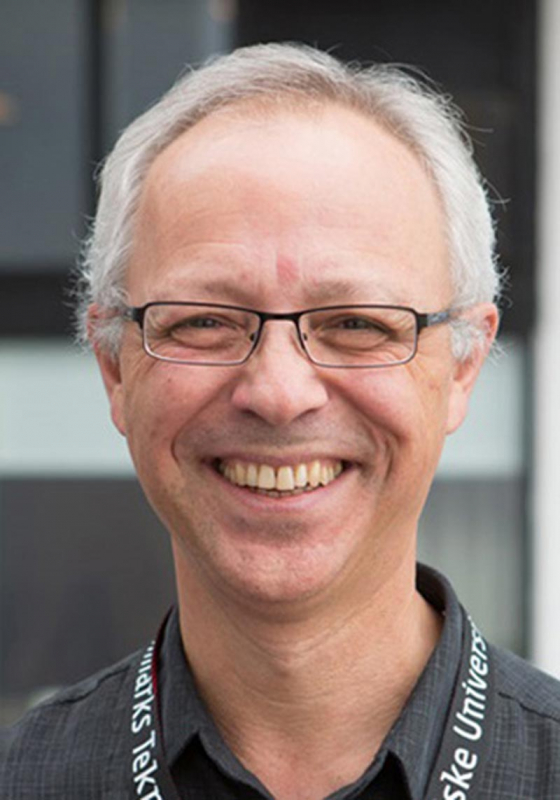Birol Dindoruk, Ph.D., the American Association of Drilling Engineers Endowed Professor in the Petroleum Engineering Department at the Cullen College of Engineering, has developed an online calculator for minimum miscibility pressure (MMP), which has already received more than 13,500 visits since being brought online in May.
The calculator is based on a March 2021 paper, “Prediction of CO2 Minimum Miscibility Pressure Using an Augmented Machine-Learning-Based Model,” published in the SPE Journal (SPE 200326-PA). Dindoruk, Petroleum Engineering chairman Mohamed Soliman and graduate student Utkarsh Sinha are the authors.
“This is an application that brings the outcome of complex research to the fingertips of the users,” Dindoruk said. “Deployment of methods and methodologies that work is our mission here. We want to reach users utilizing methods that reduce the barrier to entry for some of the work that they do.”
According to their paper, MMP is one of the key design parameters for broader gas injection processes and as well as CCS projects. This physical parameter is a measure of local displacement efficiency, while subject to some constraints due to its definition. MMP is also used to tune compositional models, coupled with proper fluid description constrained with other available basic phase behavior data, such as bubble point pressure and other volumetric properties.
“This value can be calculated quite accurately using the minimum number of easy to obtain and cheap parameters, rather than time consuming expensive experiments,” Dindoruk said. “At minimum, it will reduce the cycle time as well as the cost. The use of MMP is pretty broad in our business, from getting more oil from the subsurface to getting rid of CO2 more efficiently using hydrocarbon reservoirs.”
Dindoruk noted that for their paper, it took effort to sort out what data was appropriate for the development of the methodology. Therefore, understanding the underlying key assumptions behind the concepts and the content knowledge were essential for the work.
“We spent a significant amount of time acquiring the data and quality checking,” he said. “Unfortunately, about half of the data was not useful for various reasons, from accuracy all the way to missing or incomplete information. That was perhaps the invisible part of the iceberg so to speak.”
He continued, “After gathering the data, we used all our knowledge and available software capabilities to get to the final version of the model that we developed and published. We only put the final outcomes in the paper when we had a tremendous amount of work done to get to that point.”
Dindoruk pointed out that it was a balancing act to determine how much information their calculator would require.
“One of the challenges is, 'How can we get the maximum value with the minimum information?' If we want the users to provide a lot of info, it inherently defeats the purpose. Getting extra info takes time and money, and physical existence of the representative fluid samples, and if all these factors are satisfied, you might as well go and measure what you need directly. If that is the case, there's no need for a correlation or a calculator. Even for the cases that we can do the measurements, the calculator can still be used as a quality-check tool.”
He added, “We developed all the methodology backed with the data and the app concurrently, but it took us an additional two months to figure out the easiest and the cheapest way to bring it to the fingertips of the potential users, no matter what system they are on, as the computations are done at the back end elsewhere.”
The application can be reached by this direct link, or, through this LinkedIn post.
